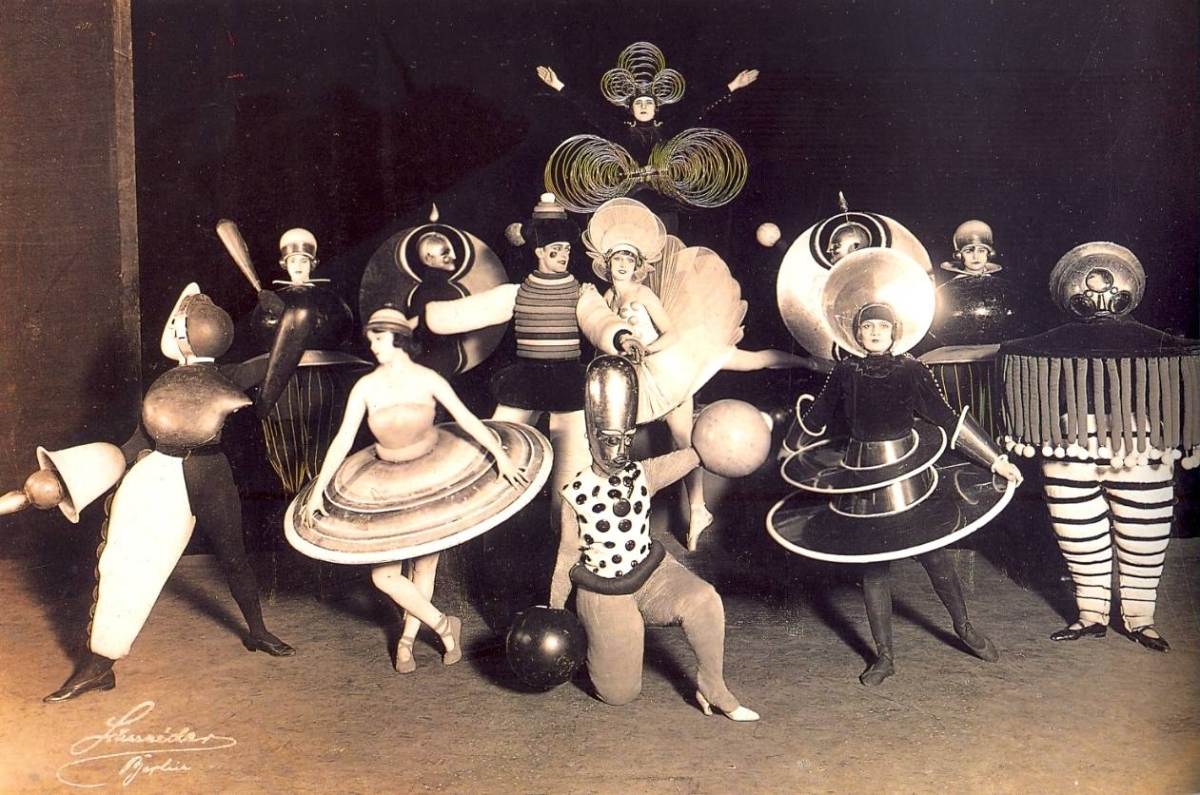Nollendorfplatz is a square in the Schöneberg district, one of Berlin’s oldest gay neighbourhoods, colloquially called ‘Nolli’. It is dominated by the ornate Metropol Theatre which started life in 1906 as the Neue Schauspielhaus. The adjacent area in the south around Motzstrasse is the city’s most prominent pink village. Already the camp capital of Europe by the late 1920s, Berlin had at least 160 gay bars and clubs. Uncertainty of the future, at an era suspended between the hedonism of the waning Weimar era and the ominous shadow of Nazism, created a ‘so what’ atmosphere. Berlin was an extraordinary place in an extraordinary time.
In Schöneberg, theatres, cabarets, and clubs catered to homosexuals, lesbians, transsexuals, and sadomasochists of Berlin’s liberated sub-culture. The Nazis attempted to eliminate all traces of that sub-culture, but today the district is once again a centre of gay life. A small memorial plaque near the south entrance of Nollendorfplatz U-Bahn station commemorates homosexual victims of the Nazi era.
Photographs from the early twentieth century show Nollendorfplatz as a bustling urban square filled with people on parade. It was this kind of libertine atmosphere that enticed gay novelist Christopher Isherwood. On 29 November 1929 he had packed two suitcases and a rucksack and set off for Berlin on a one-way ticket, rejecting his upper-middle-class background and the social values to which his mother, widowed in the First World War, was desperately clinging.
Isherwood had dramatized the family quarrel in his first novel, All the Conspirators, published in 1928. In Berlin he would work on a second novel, The Memorial, which further explored the gulf between the generations caused by the war. It was, however, the novels he wrote about Berlin, Mr Norris Changes Trains (1935) and Goodbye to Berlin (1939), that made his reputation as one of the leading writers of his generation, providing an indelible tragic-comic portrait of a city teetering on the brink of catastrophe as Fascism gained in popular support.

To Isherwood, ‘Berlin meant boys’. Boys he could find aplenty in bars such as the Eldorado, on the corner of Motzstrasse and Kalckreuthstrasse, haunt of a demi-monde that included Marlene Dietrich and chanteuse Claire Waldorff. The Kleist Casino, between Nollendorfplatz and Wittenbergplatz, just a stone’s throw away from Isherwood’s lodgings, was perhaps the oldest gay bar in Europe, and remained in operation until a decade ago. Isherwood was attracted to Berlin by the ready availability of homosexual partners, but he also communicated a strong sense that he was experiencing historical changes around him. In Berlin he observed ‘a brew’ of history in the making. This brew seethed with unemployment, hunger, prostitution, stock market panic, hatred of the Versailles Treaty and other potentially explosive ingredients. With his portrayal of Berlin between the late 1920s and early 1930s Isherwood has left us images that are still associated with this period. The Berlin novels look at history at street level, showing how ordinary people were affected. His eye for physical detail and human oddity means that his characters are never merely representative of their class or condition. Many of them live on in the memory.
In the feckless cabaret singer Sally Bowles (on whose story the stage musical Cabaret was later based) Isherwood created one of literature’s lasting figures. Her character was based on Jean Ross, the young British actress whom Isherwood met in 1930, when he moved into a boarding house at no. 17 Nollendorfstrasse, owned by Fräulein Thurau. The apricot-coloured house still stands.
 Depictions of the city in the paintings of German Expressionists employ abstract formal elements such as distortions of perspective and unnatural colour in order to convey the artist’s emotional reaction to the city. The treatments of urban subjects project a sense of the speed, energy and vitality of the city, but also express fear of the effect of urbanization upon individual city dwellers.
Depictions of the city in the paintings of German Expressionists employ abstract formal elements such as distortions of perspective and unnatural colour in order to convey the artist’s emotional reaction to the city. The treatments of urban subjects project a sense of the speed, energy and vitality of the city, but also express fear of the effect of urbanization upon individual city dwellers.
Depictions of the city in the paintings of German Expressionists employ abstract formal elements such as distortions of perspective and unnatural colour in order to convey the artist’s emotional reaction to the city. The treatments of urban subjects project a sense of the speed, energy and vitality of the city, but also express fear of the effect of urbanization upon individual city dwellers.
Ernst Ludwig Kirchner’s 1912 oil painting ‘Nollendorfplatz’ shows a busy junction with converging trams. Its composition is filled with stark tensions. The painting features a crowd of people, but the lack of individuation of these small figures (many of them are nothing more than a single brush stroke) brings out the anonymity of urban living. Kirchner’s city-dweller has lost his identity. The urban area the figures inhabit causes a feeling of unease by its colouring and distorted perspective. The image suggests speed, motion, and congestion – but trams and people seem to be running in circles lacking any purpose or direction.







